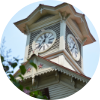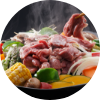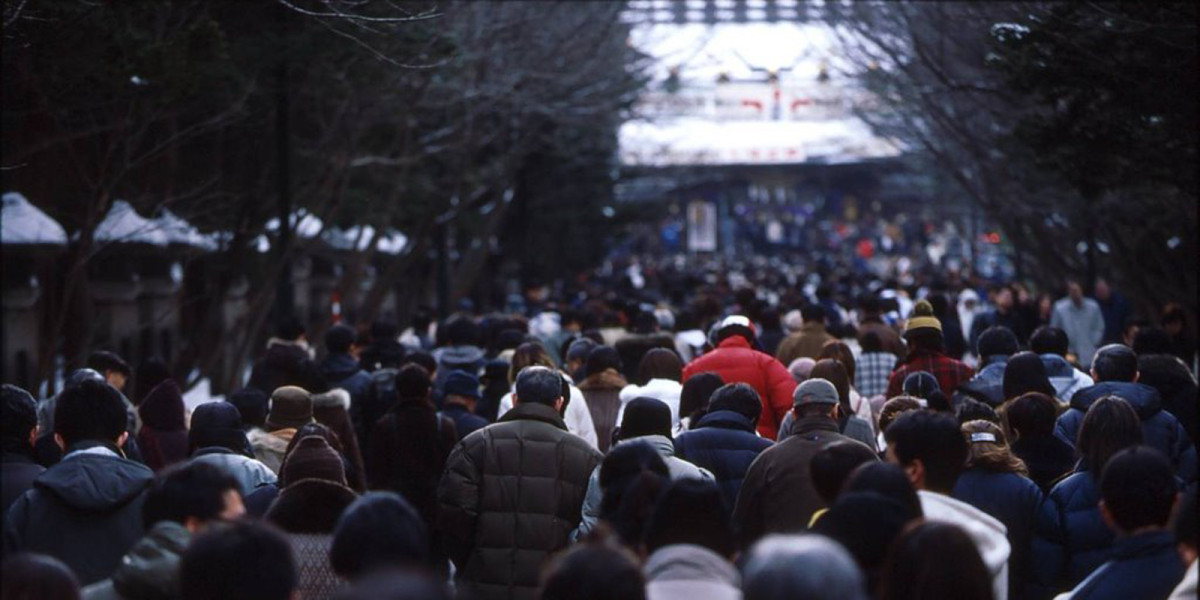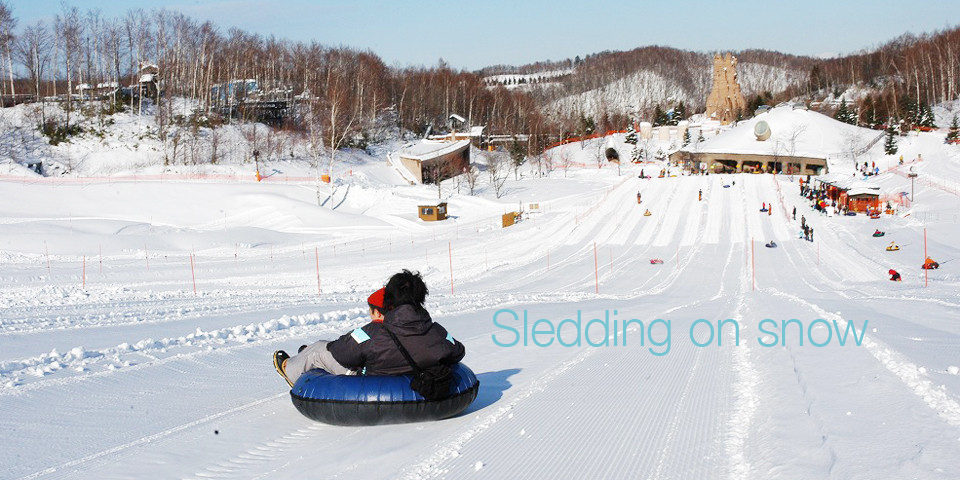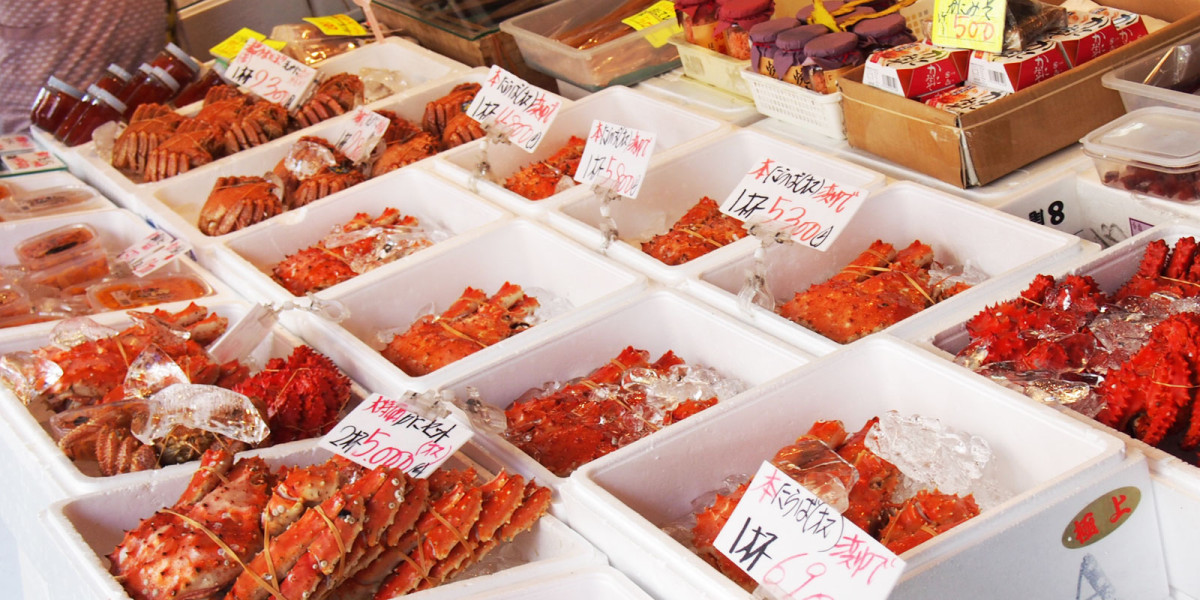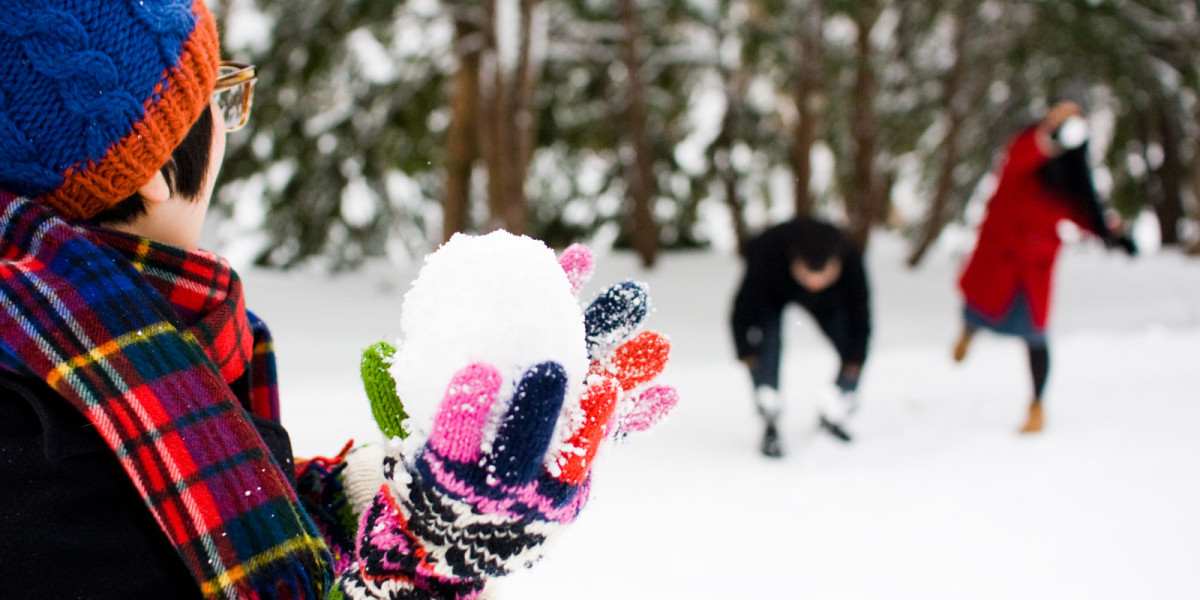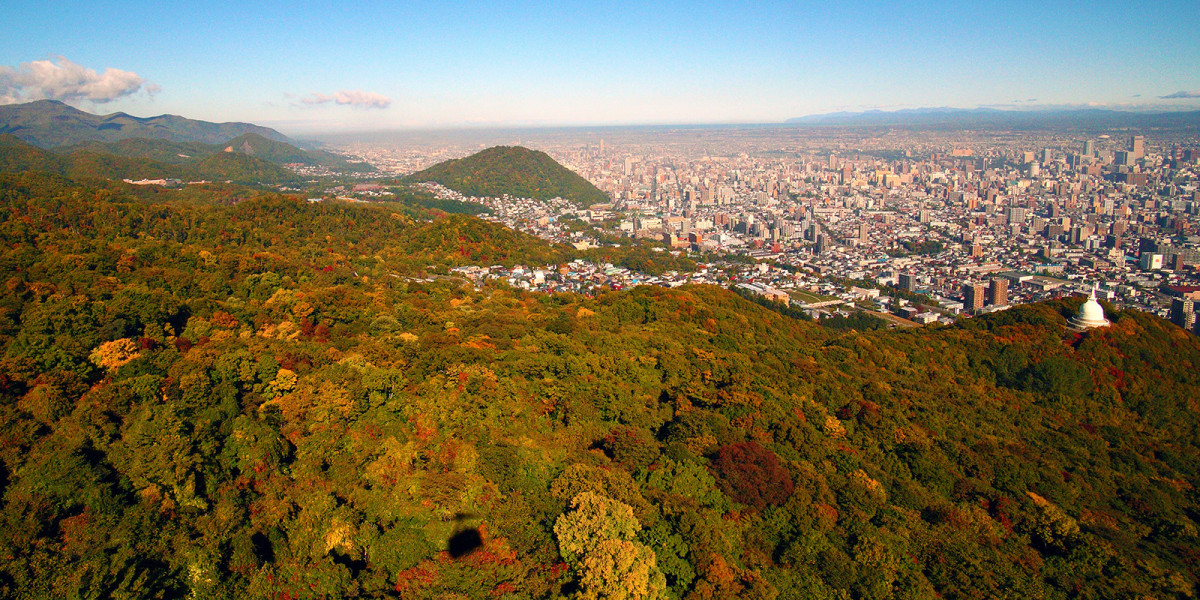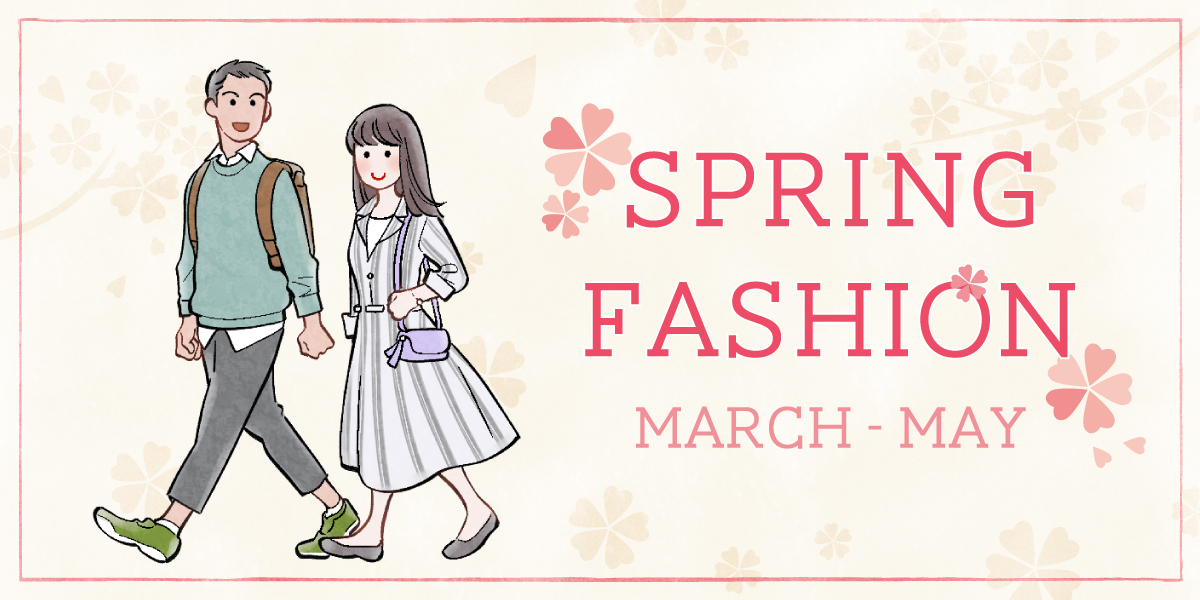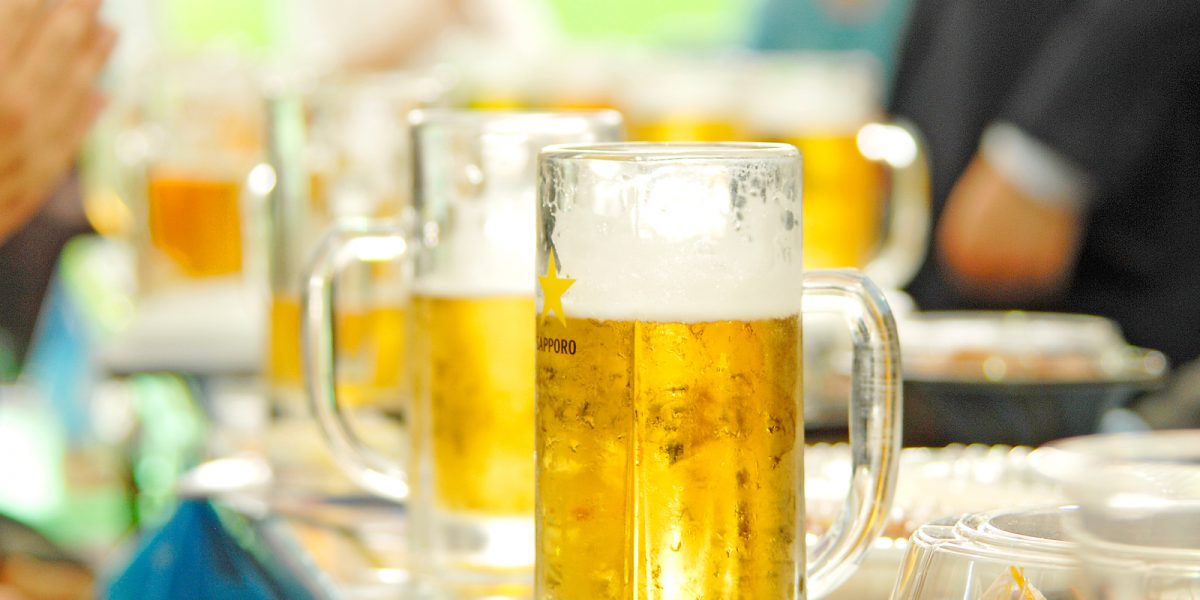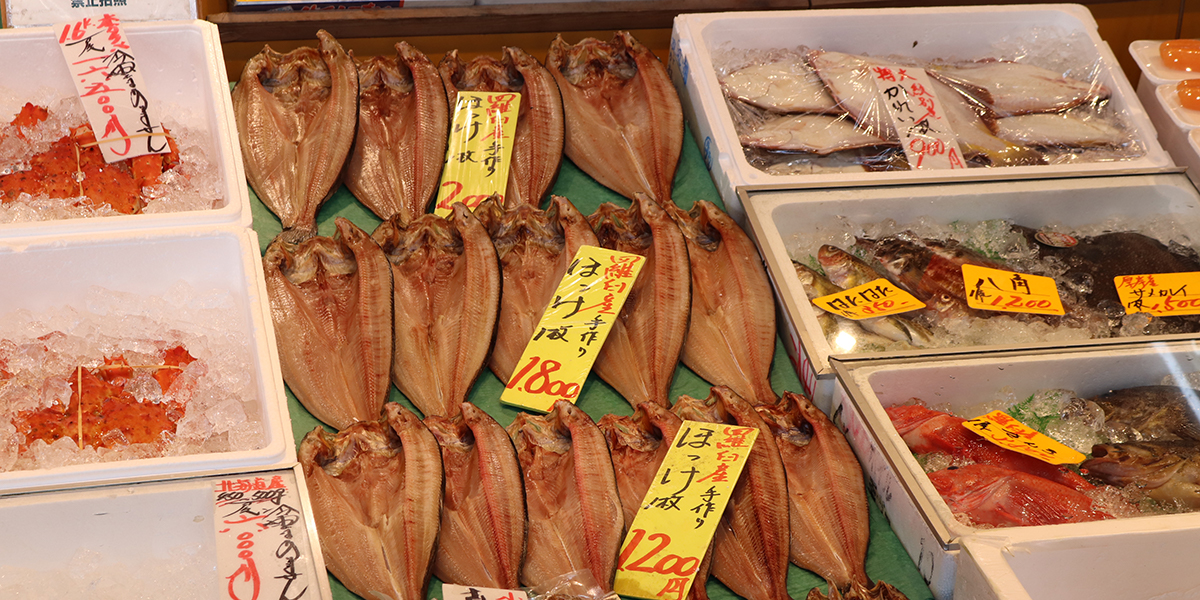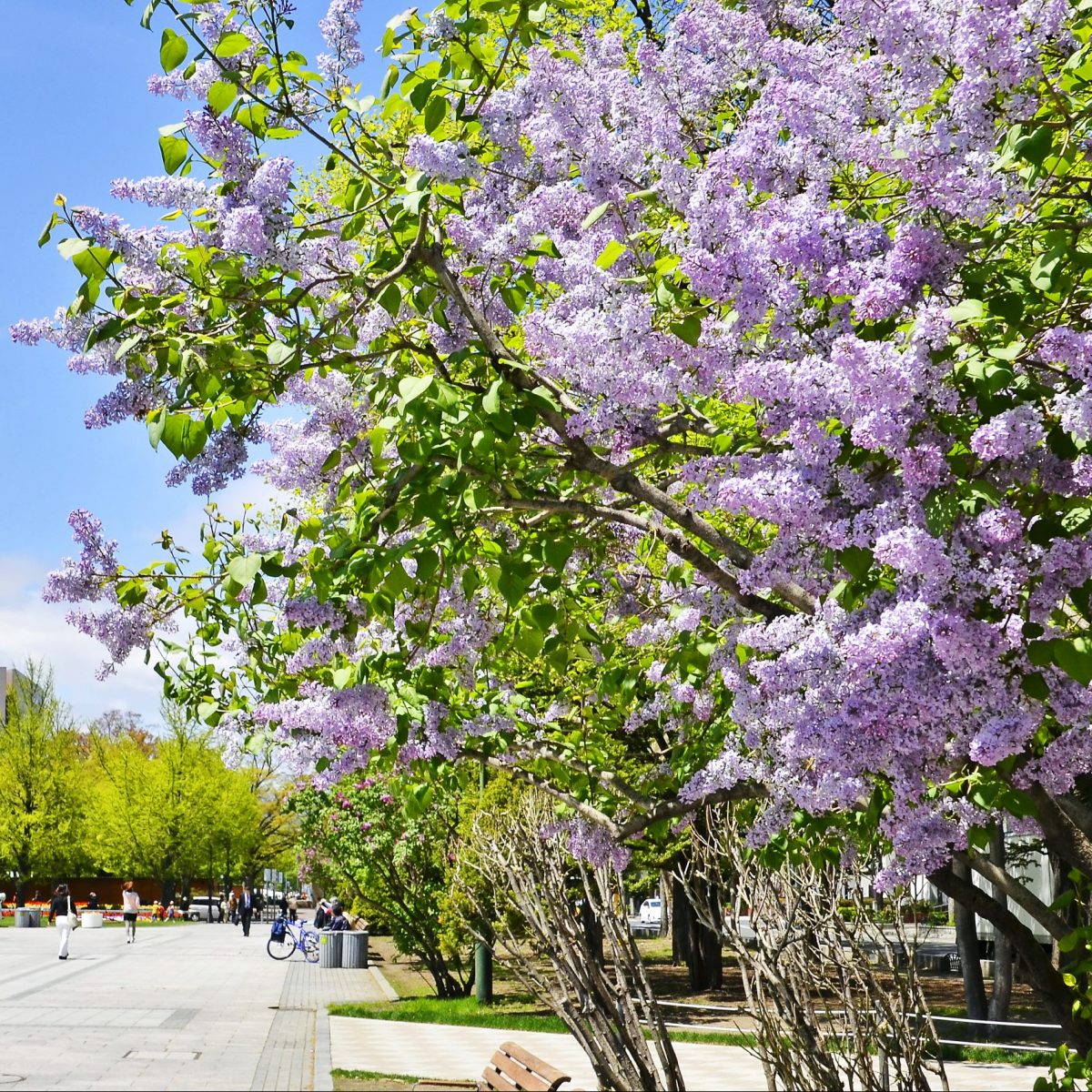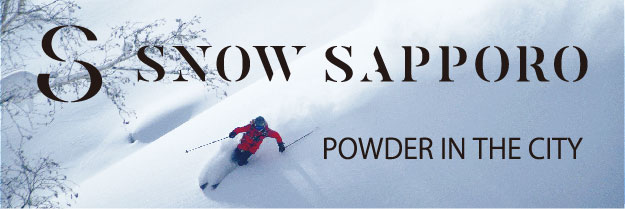Slow food is all about choosing your own lifestyle Momo Suzuki, Director of Slow Food Friends Hokkaido
Sapporo is a hub for local produce located close to farm lands as well as the ports, which are both within a 30-minute driving radius of downtown. It is a city where you can indeed enjoy both city and rural life. The growing slow food movement seen in the world today is also quite active in Hokkaido, a treasure trove of food. We sat down to talk with Ms. Momo Suzuki, Director of Slow Food Friends Hokkaido, a food movement organization with over 100 members.
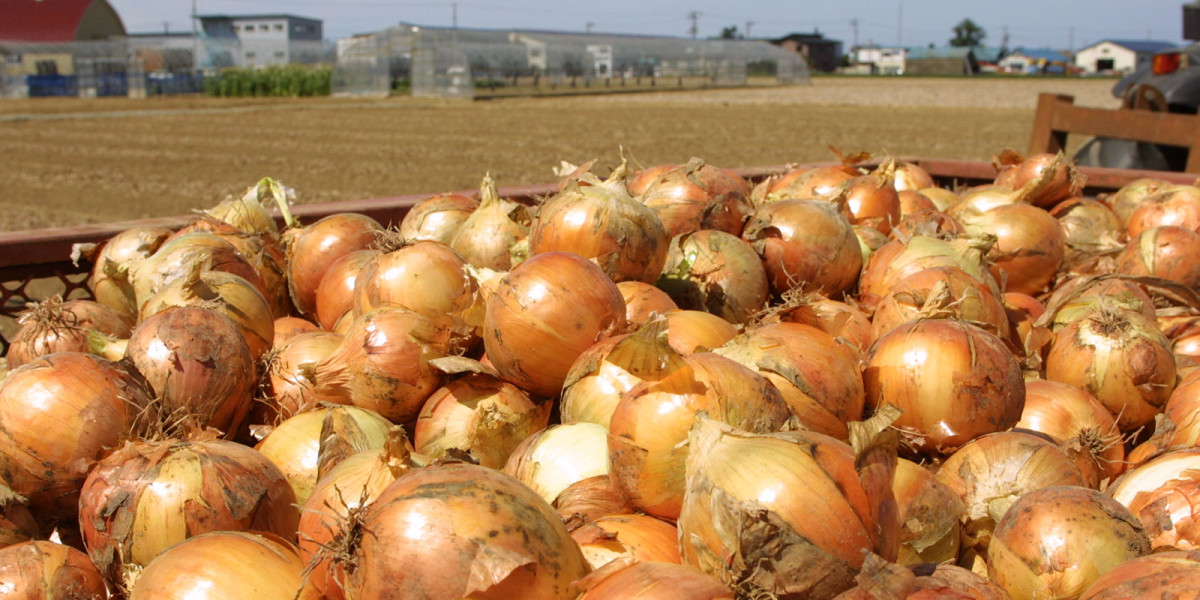
First look at the plate your meal is served on and imagine where the foods came from
“I’m sure many people wonder ‘what is slow food?’ To answer this, first, take a closer look at the plate your meal is served on. Take a moment to consider things like where did the meat come from, who made the bread, where was the wheat in the bread grown, and what was put in the fish paste products. Do this and I’m sure you will notice that there are many foods which we have no idea of how they were made. On the other hand, how would you feel about tomatoes grown by someone you know? You will naturally think about things like ‘perhaps they were picked from that field over there’ or ‘I’d like to preserve the natural environment of farms’, and so forth. You may also become less picky about the appearance of produce that looks less than perfect, and instead feel that the food must not be wasted. I believe, once you get to know where your food comes from, your criteria for choosing foods will also change. When seeing a plate of food in front your eyes, ask yourself if it is something that will nourish both your body and mind.”
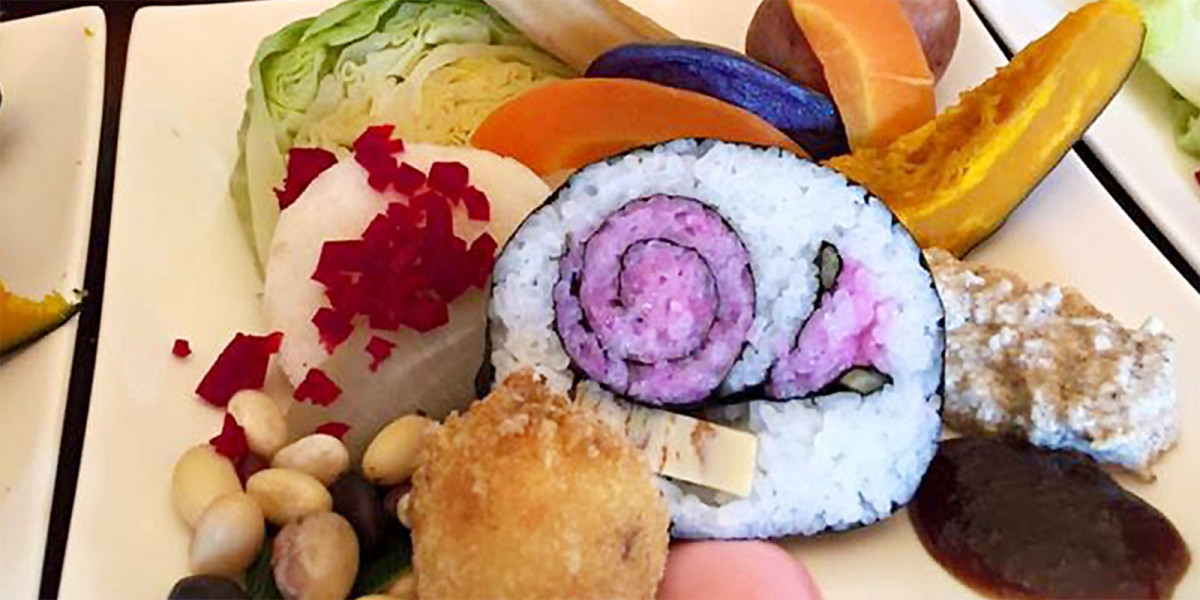
Slow Food Life is a book that taught me a lot of important things.
“Since I have a number of allergies, I’ve always been rather conscious of choosing meals that don’t affect my body, and also conscious of environmental issues like smog. However, I first noticed that everything’s actually related thanks to the book Slow Food Life—From the Dining Table of Italy written by Nanazu Shimamura. After reading this book, I came to the realization that the way we approach our environment, nature, and people—pretty much what we surround ourselves with—is the result of ‘what we choose to eat and how we choose to live’. Since then, I joined Hokkaido Slow Food Friends Obihiro, which hosts members who share an interest in the concept of slow food with the goal of changing their lifestyle through food. As the organization grew, we renamed it Slow Food Friends Hokkaido. The organization now has 45 regional chapters throughout Japan, with Hokkaido being the largest and only one that has over 100 members. Many of our members are famers and producers.”
Our events began with conversations at the dining table that in turn broaden our network.
“Initially, our organization began with conversations over meals. Actually, these gatherings were more like drinking parties (laughs). Conversations at the dinner table included movies we wanted to see and people we wanted to hear speak. These same conversations led us to present a showing of Severn, The Voice of Our Children, a documentary that follows a 12-year old girl who urges the world to stop environmental destruction—perhaps most famous for the line “If you don’t know how to fix it, please stop breaking it!” she uttered at the Earth Summit. Some of our members who raise Tankaku beef or farm kombu kelp taught us the recipe for salmon izushi and octopus izushi, two famous home cooked dishes from Hokkaido that are no longer really made any more. One of the important aspects of the slow food movement is preserving local foods and local food culture together as one.
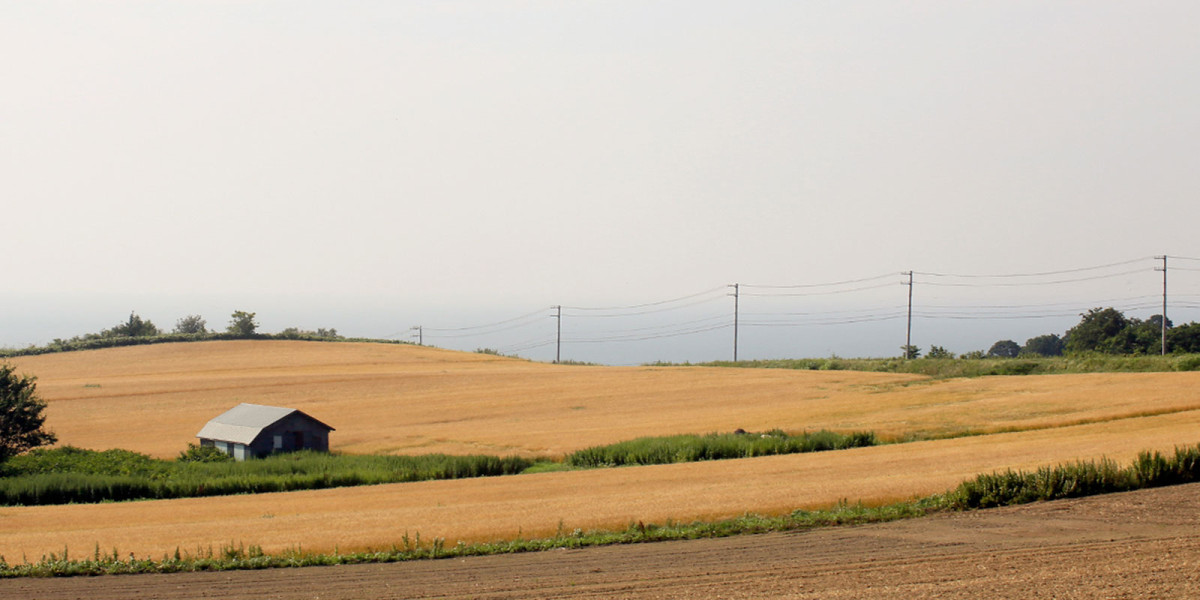
Sapporo is a hub for all things delicious from Hokkaido. Just a 30-minute drive from downtown and you’ll be in the middle of rolling farmland. There are many chefs here that source their ingredients from local producers and even grown their own produce. If you discover great tasting foods, I encourage you to visit where they are produced or who they are produced by. Meals are a great way of noticing new things.”
In Hokkaido you can go on a drive to buy produce at markets held at roadside stations or at produce stands run by farmers where you can actually see who made these foods. Having producers so close by provides ample choices when it comes to choosing foods to eat. What kind of foods do you want to put on your plate?
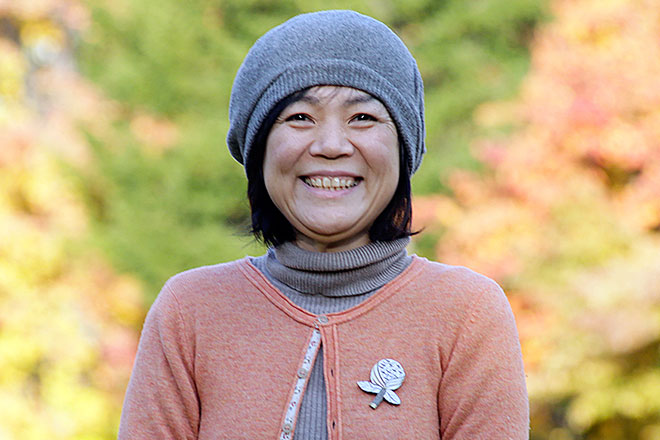
Momo Suzuki
Illustrator Director of Slow Food Friends Hokkaido
A Tokyo-born, Yubari-raised illustrator by trade, Ms. Suzuki is also the Director of Slow Food Friends Hokkaido. Her work involves creating illustrations for advertisements, magazines, and packaging. In addition, Ms. Suzuki has published a number of books, including Wakuwaku Oyatsu Teccho (Exciting Snack Recipes), and Minna Daisuki Sapporo no Panyasan (Everyone’s Favorite Sapporo Bakeries).



